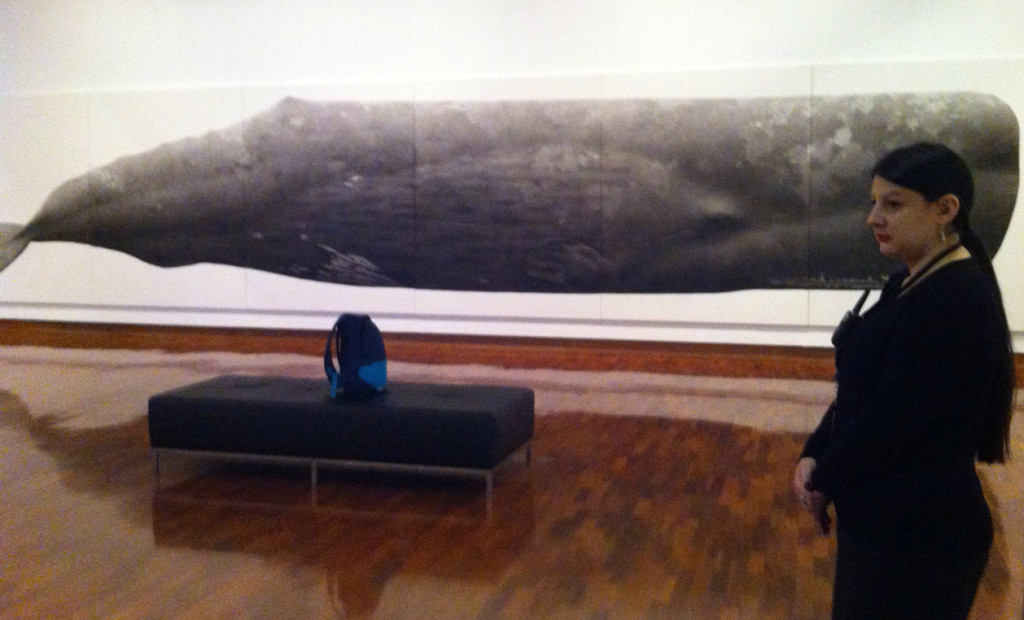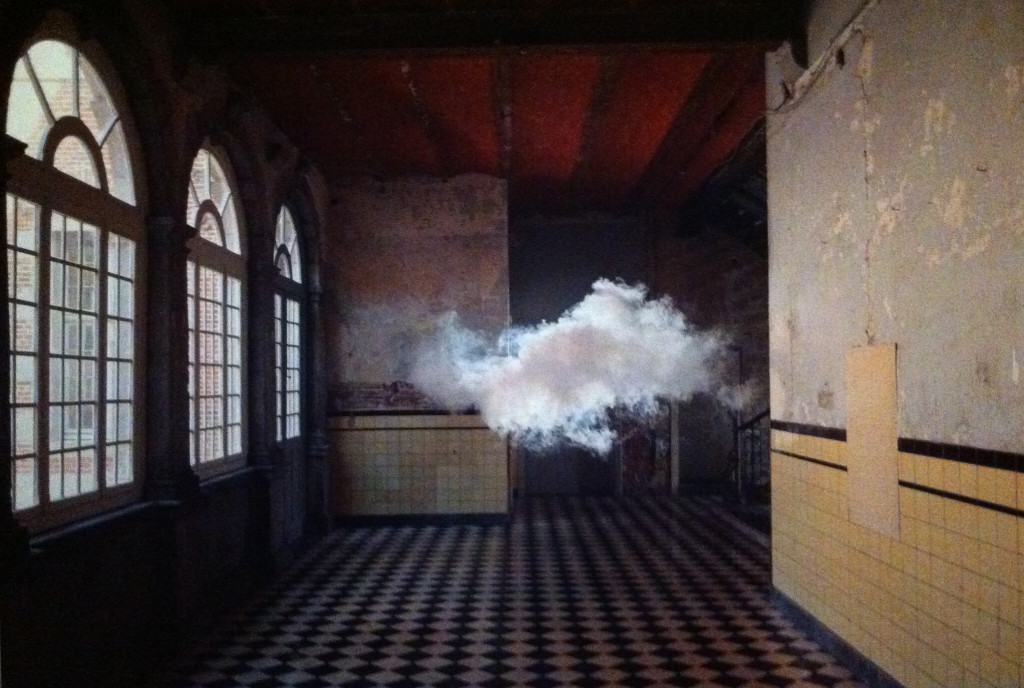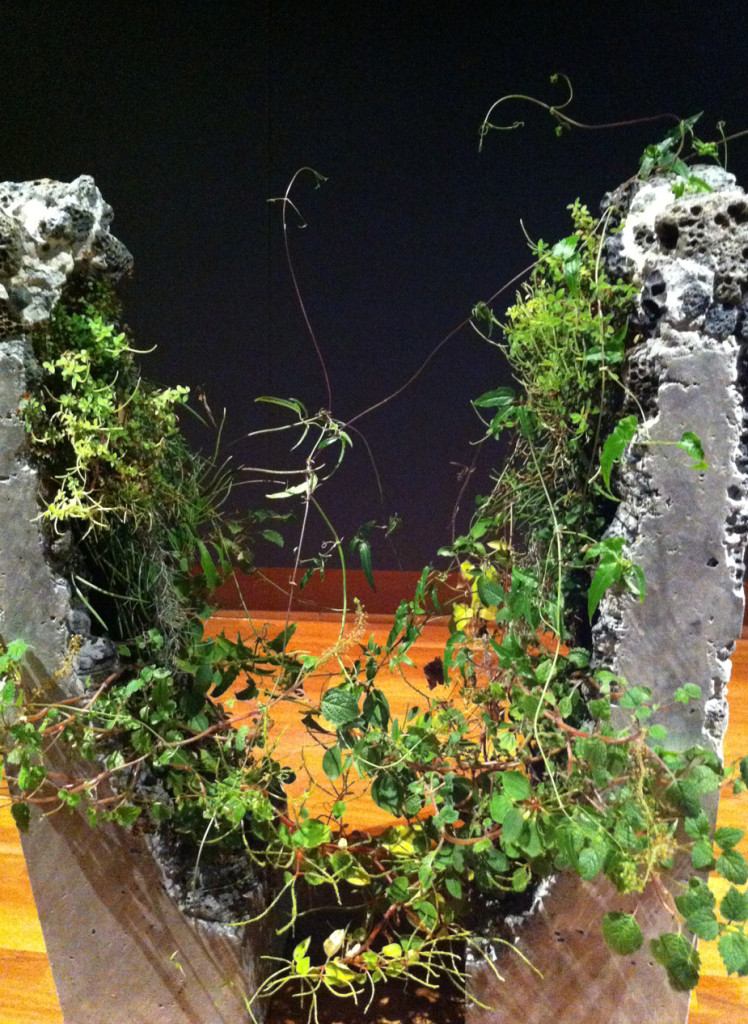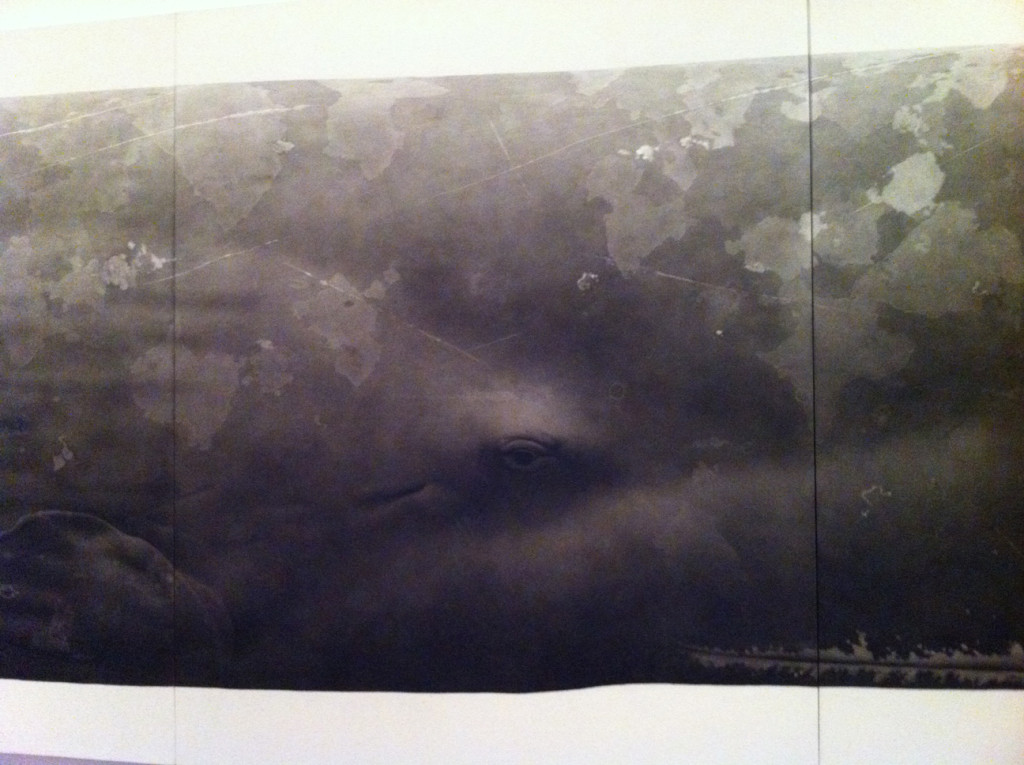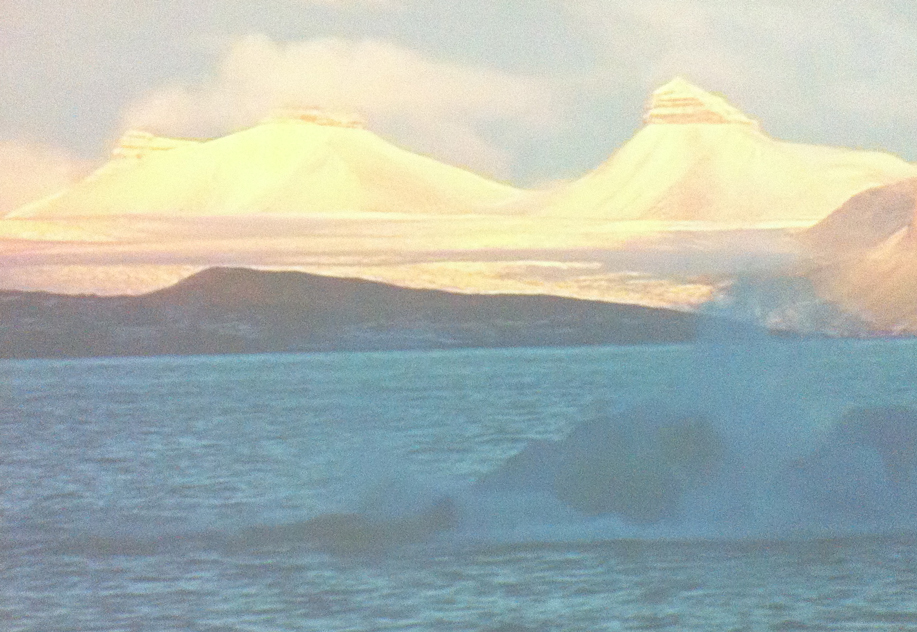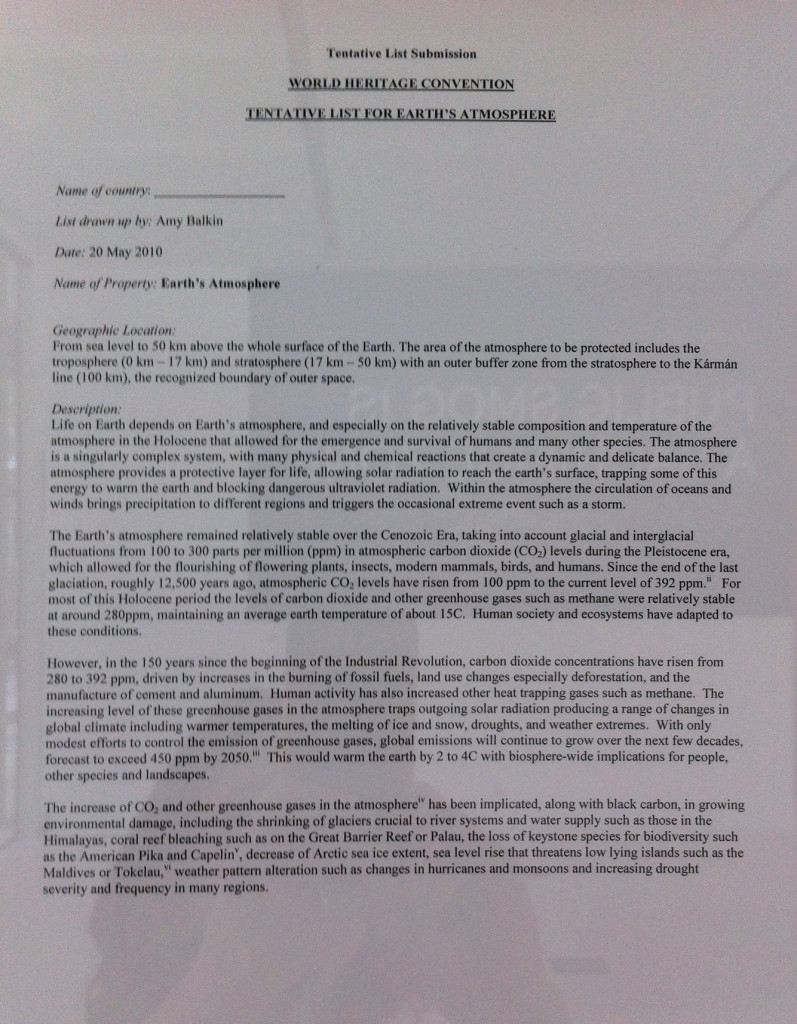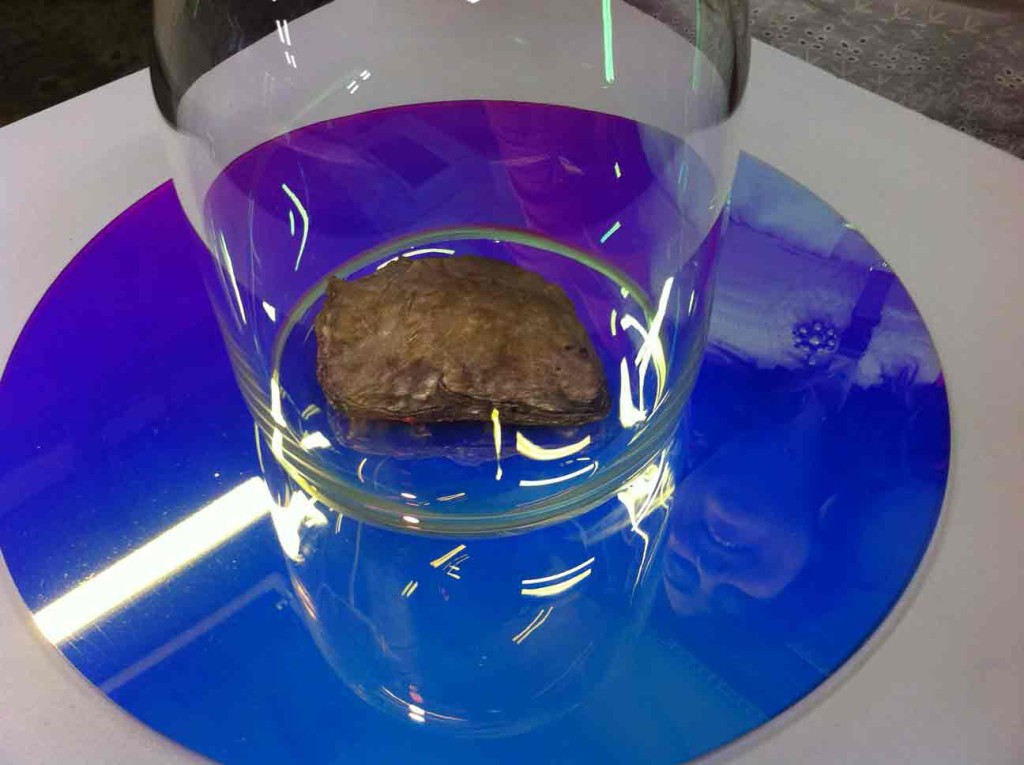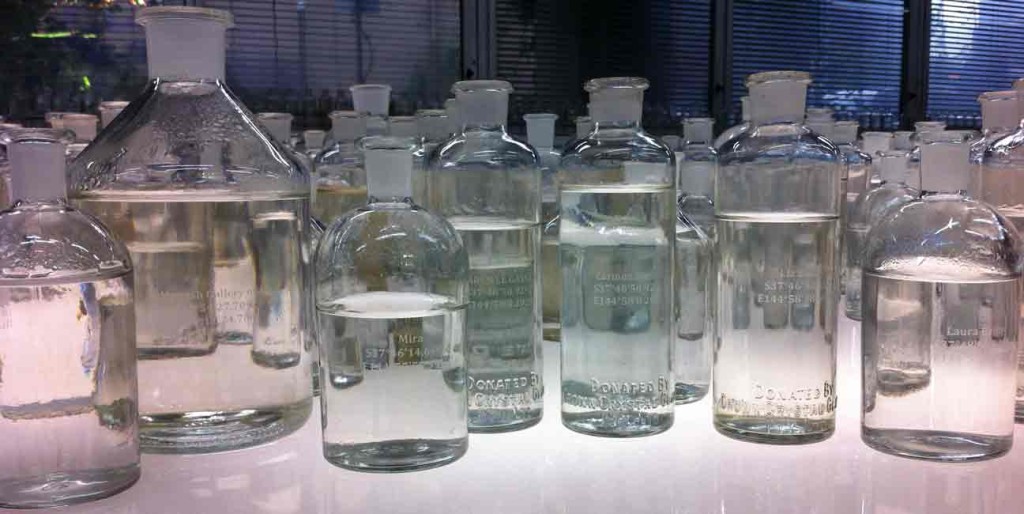‘You will take good care of it, won’t you? Water is a precious resource.’
So says a six-year-old child, striking at the very heart of an artist. The child is a participant in The Catchments Project, an artwork by Debbie Symons and Jasmine Targett. I met Jasmine at the City of Melbourne’s Carlton Connect Initiative (CCI) LAB-14 and she was able to talk me through the mysterious collection on view. As with the previous Art+Climate=Change 2015 exhibtions I’ve visited, there is much to ponder beneath the surface of the artefacts shown.
With only a week of events left in Art+Climate=Change 2015 you will still find things to see here. I’ve been inspired by public talks, particularly William L. Fox Director Art+Environment Nevada Museum of Art, USA, (or Bill) and seen some fantastic art.
Four of the exhibitions can be discovered in and around Melbourne University and what a very pleasant afternoon’s stroll they make. I hopped off the tram outside the Ian Potter Museum of Art and strode immediately up to the 2nd floor to see Nature/Revelation. The first thing you see as you enter the space is a large whale taking up the entire wall. Oh, yeah. Big picture.
Moving on.
You admire the pictures of clouds floating in rooms (not the clouds themselves) by Berndnaut Smilde,
Terraforms by Jamie North,
and the Ansel Adams photos (one of those iconic people who changed the lens through which Americans viewed their environment),
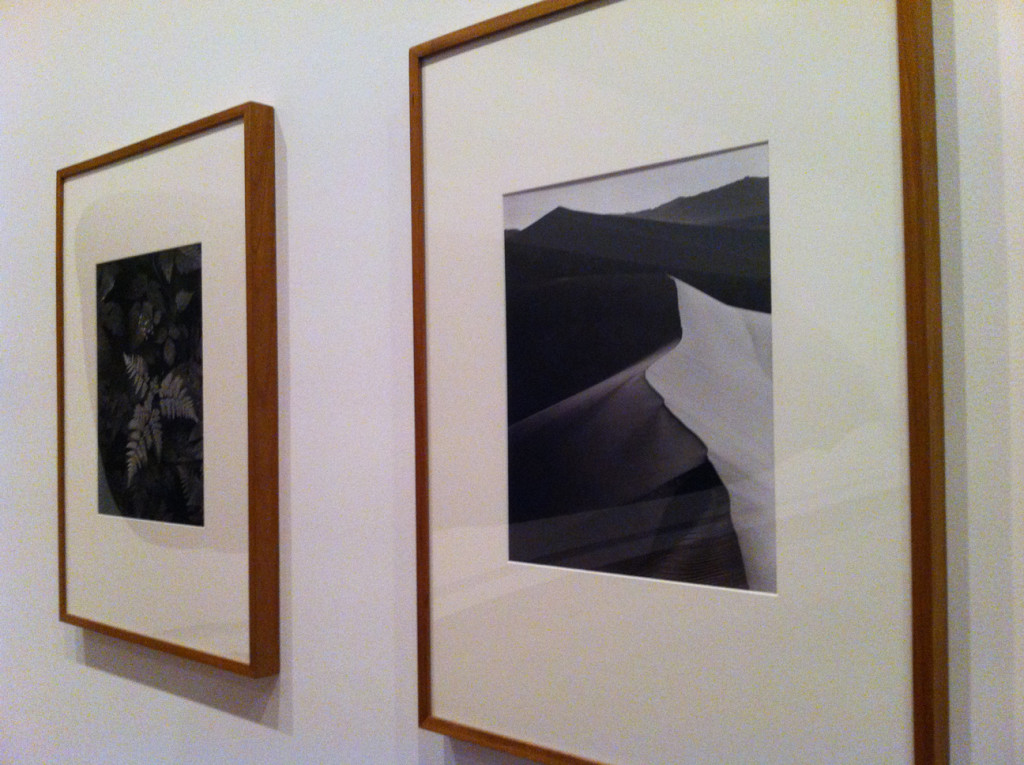
“Both the grand and the intimate aspects of nature can be revealed in the expressive photograph. Both can stir enduring affirmations and discoveries, and can surely help the spectator in his search for identification with the vast world of natural beauty and wonder surrounding him.”
― Ansel Adams
… and it’s only when you get a bit closer that you realise …
Good Grief! Hang on! Wait Up! What is it with the sperm whale?
That’s a charcoal drawing. By Jonathan Delafield Cook This thing is HUGE. While there are certainly other provoking works (check the little man climbing a cliff) in the exhibition you really do need to see the WHALE!
I then wandered into the nearby Melbourne School of Design (a large net suspended around a library to trap humans). There you can find amazing videos by David Buckland in an exhibition called Discounting the Future.
Then seek out the ideas of the extremely provoking Amy Balkin in a small gallery directly opposite and sign a postcard to assist her attempt in protecting the air by getting our atmosphere listed by the UN World Heritage Convention.
Balkin’s had a lot of scientific and legal assistance in drawing up this document and, tell you what, we all really want her to succeed.
Finally, meander down Swanston Street to LAB-14 to see Making Water Visible, a portrait of Melbourne’s water system. The sea and bay are rendered shiny mirror. The rivers, reservoirs and underwater table water are depicted in gorgeous colour shifting perspex. Amazingly this is the first time all this data has been brought together in one image. It just takes art to make sense of our world.
Another part of The Catchments Project is Getting Busy, a potential oyster farm to be planted around the docklands area.
The native Angasi species of oyster is able to clean heavy metals and nitrates out of water without harming itself. When the oyster farm is established, the public can download an app to enable them to pledge some kind of assistance (pick up your dog poo, use gentle cleaners) to improve Melbourne’s water systems. Once a pledge is made, Barry White will be played to the oysters to encourage them to ‘get busy’ and clean the water. Art.
Ooooooh, yeeaaaayer …
Jasmine tells me that Melbourne City Council and Melbourne University had the foresight to connect artists to scientists and researchers thereby bringing data and creativity together. And Barry White.
The mirror bay reflects hundreds of engraved bottles – water collected and donated by well-meaning individuals. The bottles, The Water Harvest, are engraved with name, date and collection co-ordinates and are given to the donor at the end of the project. I met a woman who had come to see her donations in situ – water from her raintank and some grubby brown stuff from the horse’s dam. Delicious. And of course, our friend the six year old who collected rain water in a bucket and slept with the plastic bottle next to her bed because she really really cares. Jasmine was able to reassure her that yes, she really would look after her water.
Can we be sure that our politicians will?
